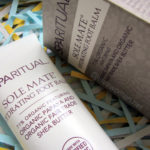
How to get rid of hard skin calluses & corns
This Scholl Medicated Corn and Callus Removal Liquid is so amazing! I saw how it got rid of the ugly calluses on my husband’s right foot in three weeks and I am so impressed.
First I have to say that calluses are an ugly sight. According to my husband, it’s not painful but it causes some amount of discomfort when he’s walking or running.
Hyperkeratosis is thickening of the skin due to pressure
From what I’ve read, the skin on the sole of our foot is around three to four times thicker than the average skin depth on other parts of the body in order to absorb the strains from standing and walking. To protect itself from the impacts it has to endure, the skin on the foot thickens in response, and provides a virtually waterproof covering. Thus, the feet can quickly become dry, rough and callused; a condition known as hyperkeratosis which is the thickening of the skin due to pressure. This is why it’s very common for runners like my husband to develop calluses on common pressure points like the tops and outer edges of toes, the ball of the foot and the back of the heel.
Calluses are usually creamy-yellow in colour, round or oval in shape, about 2cm in diameter (larger than corns), and have visible, ridged skin lines on their surface. Where there is concentrated pressure on the affected area, the top of the callus may take on a shiny veneer and the surrounding skin can appear reddened and irritated. (source)
Calluses dropped off and new skin seen in just three weeks
My husband bought Scholl Medicated Corn and Callus Removal Liquid from Watsons and started dabbing the liquid on his calluses after having his feet washed and dried. He didn’t use the liquid everyday. In fact, just three times in the first week. The skin started softening, turned white and then they began peeling off in the second week. By the third week, the last layer turned into scab and subsequently dropped off to reveal normal skin.
Salicylic acid breaks down keratin and shed skin cells
What was interesting is that I found out that Scholl Medicated Corn and Callus Removal Liquid contains salicylic acid as the main active ingredient which works by breaking down keratin, a protein which forms part of the skin structure. This results in the shedding of skin cells from the affected area. It is hence, effective for treatment of calluses, corns, warts and verrucas. Because the formula also contains camphor, it doesn’t cause any pain according to my husband.
Checking out other Scholl products for hard skin
I was so intrigued I thought I might be able to use it on my heels. However, because I don’t have callus, I shouldn’t be using such a potent medication. But Scholl Contoured Hard Skin File or Corn and Callus File maybe more suitable. Well, I’ll certainly have a look at their products again and see if they have anything to smoothen my roughened heels. And on behalf of my husband, I give this product full marks for getting rid of his calluses effectively!
Comments
Leave a Reply
You must be logged in to post a comment.

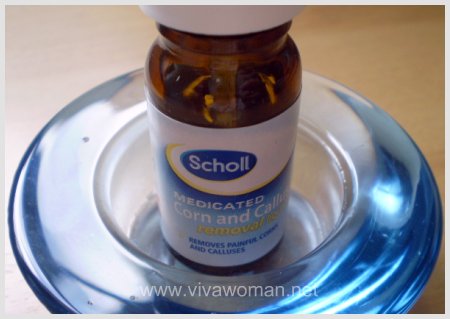
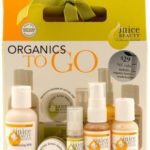
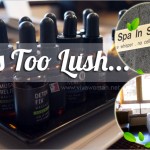









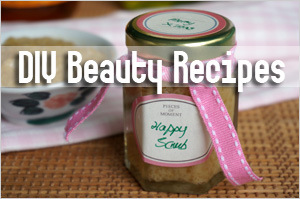
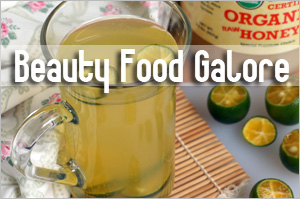
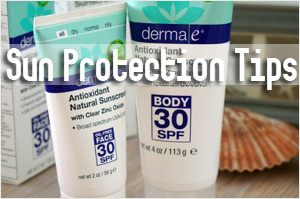
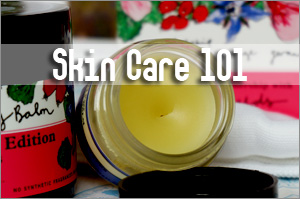
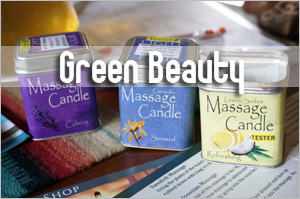
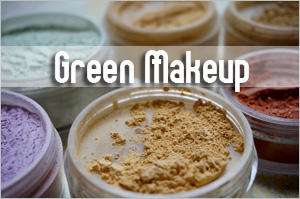
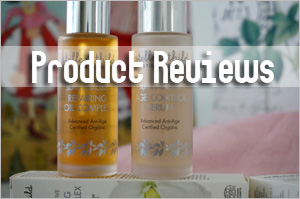
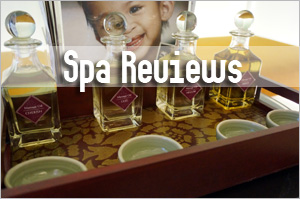
I’ve used this. It has a funny smell, but it works!
Where can I buy this Scholl Medicated Corn and Callus Removal Liquid
Are you located in Singapore? You can find them in Watsons or Guardian.
you can buy it on ebay or llyod pharmacy!! I have used this but it has made the corns shiny do you keep the liuid on there untill it drops of or do u scrub the white liquid off
Dr. Scholls does makes some pretty good products for corn and callus removal. If you have diabetes or poor blood circulation, you should avoid the medicated products because studies show the can lead to foot infection. They do have non medicated product as well or there are various home remedies that will get the job done too. If you’re looking for natural ways to remove calluses check out http://how-to-getridofcorns.com/get-rid-of-calluses-on-feet-in-6-steps/.
Charles last post is: Corns of Feet | Quick Removal Tips
Where could I buy Callus Removal Liquid in Shanghai?
People often think that warts are extremely contagious and can pass easily from one person to another. While they can be caught by close skin-to-skin contact, they are otherwise hard not contagious.